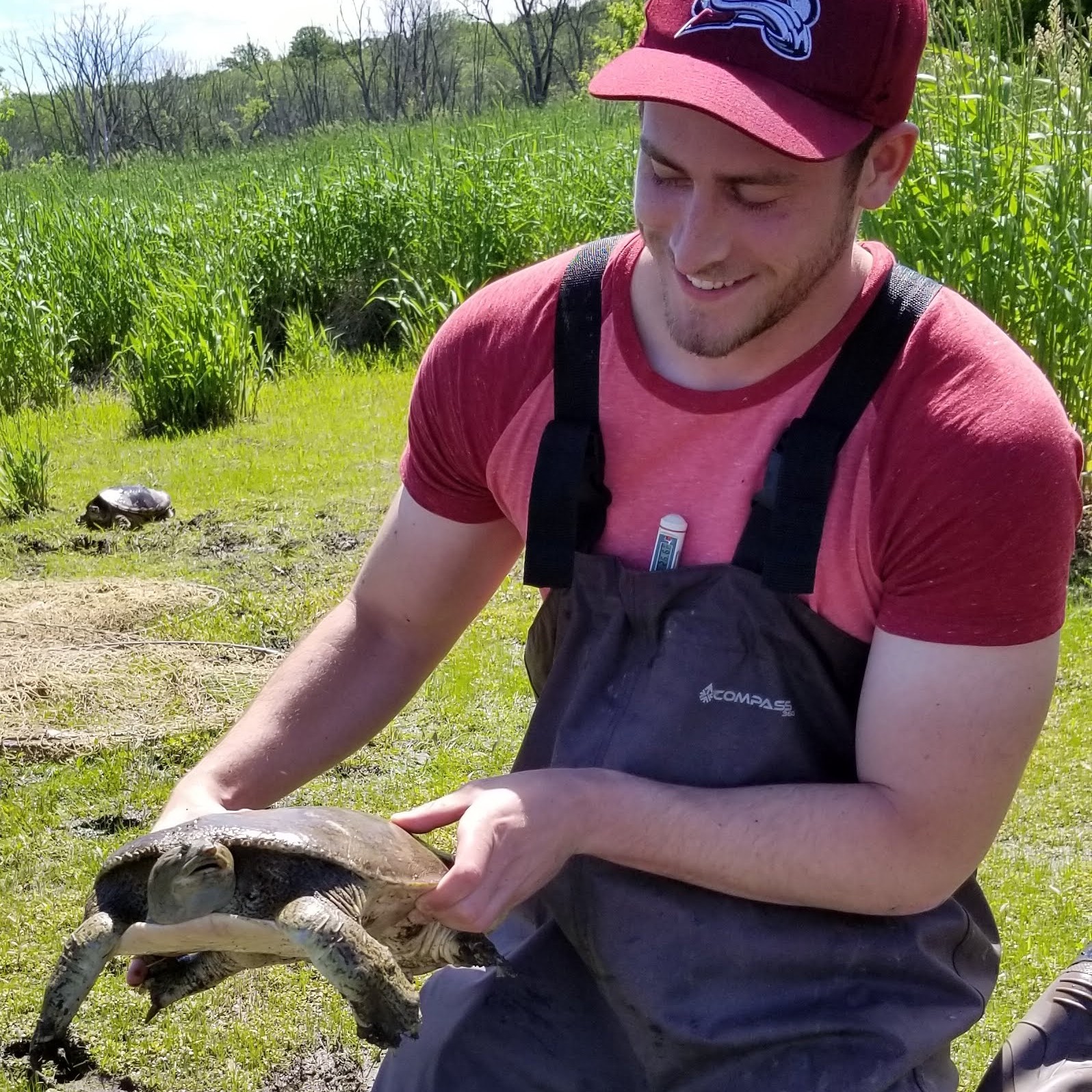16
0
0
References
- 1. Ganoe, L. S., Brown, J. D., Lovallo, M. J., Yabsley, M. J., Garrett, K. B., Thompson, A. T., ... & Walter, W. D. (2021). Surveillance for diseases, pathogens, and toxicants of muskrat (Ondatra zibethicus) in Pennsylvania and surrounding regions. Plos one, 16(12), e0260987.
- 2. Niedringhaus, K. D., Ganoe, L. S., Lovallo, M., Walter, W. D., Yabsley, M. J., & Brown, J. D. (2022). Fatal infection with Versteria sp. in a muskrat, with implications for human health. Journal of Veterinary Diagnostic Investigation, 34(2), 314-318.
- 3. Ganoe LS, Brown JD, Yabsley MJ, Lovallo MJ, Walter WD. A review of pathogens, diseases, and contaminants of muskrats (Ondatra zibethicus) in North America. Frontiers in Veterinary Science. 2020;7:233.
- 4. Torrey, E. F., & Yolken, R. H. (2013). Toxoplasma oocysts as a public health problem. Trends in parasitology, 29(8), 380-384.
- 5. Dubey, J. P. (2010). Toxoplasma gondii infections in chickens (Gallus domesticus): prevalence, clinical disease, diagnosis and public health significance. Zoonoses and public health, 57(1), 60-73.
- 6. Hill, D. E., & Dubey, J. P. (2013). Toxoplasma gondii prevalence in farm animals in the United States. International journal for parasitology, 43(2), 107-113.
Like?
Please wait...
About This Project
The muskrat, a charismatic semi-aquatic rodent, has experienced long-term declines across the United States dating back to the 1970s. The factors for this decline remain unclear. Our research will investigate health challenges in eastern US muskrat populations by determining the prevalence and distribution of pathogens and contaminants in these declining animals. The outcomes from our effort can provide context to observed declines and serve as a guide for management efforts of the species.

Browse Other Projects on Experiment
Related Projects
How do polar bears stay healthy on the world's worst diet?
Polar bears survive almost entirely on seal fat. Yet unlike humans who eat high-fat diets, polar bears never...
Uncovering hidden insect diversity associated with a likely undescribed gall-forming midge
Does a likely undescribed species of gall-forming midge (pers. comm. Ray Gagné) on Eriodictyon plants (Yerba...
Macrofungi of the California archipelago
The eight islands of the California Archipelago are a well-studied biodiversity hotspot — but we know almost...

